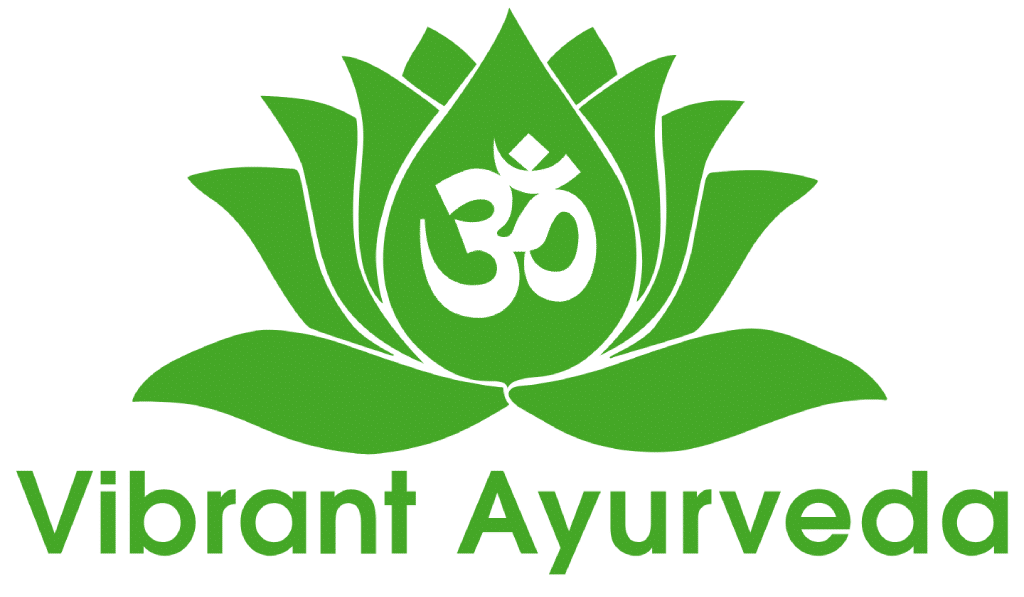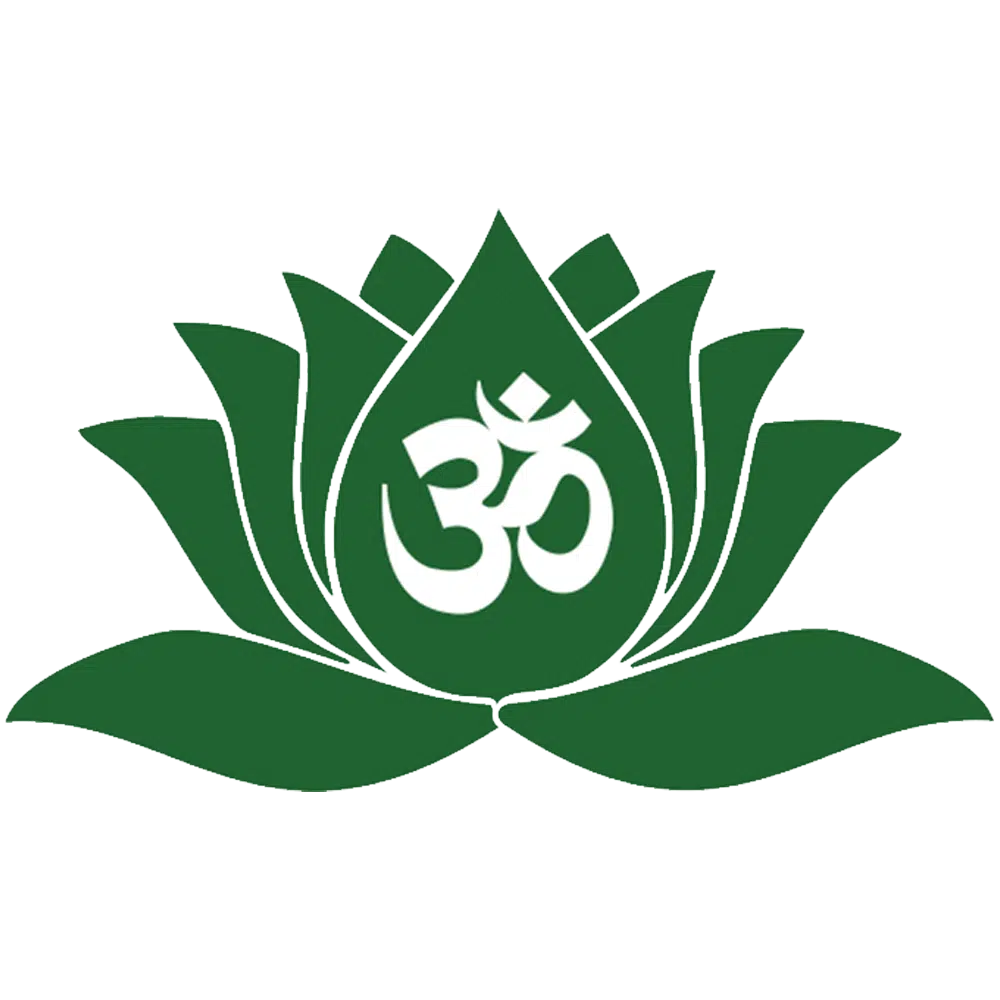Autumn sees the decline of the pitta dosha and the rise of the vata dosha. The qualities of vata are rough, dry, cool, erratic, clear and subtle. As the fire element of summer gives way, the air element of autumn comes to the fore. Prana, the vital breath, is everywhere. In Ayurveda, we believe it’s extremely beneficial to our health and well-being to balance vata.
Balance your vata in autumn
Vata season is dry, cool, windy, irregular and light.
The signs of vata imbalance include nervousness, anxiety, panic, fear, twitches, tics, tremors, spasms, dry or chapped skin. constipation, gas, bloating, dry, hard stools, low body weight, aversion to cold and wind, difficulty tolerating loud noises, light, interrupted sleep, spacey or scattered mind.
To balance vata, it is wise to create the opposite qualities in your life—wet, warm, sheltered, grounded, heavy, slow and regular.
Autumn diet:
Through the vata season, you can enjoy foods that are:
sweet, salty and sour
high in protein and healthy fats
cooked with warm and stimulating spices (ginger, turmeric, cumin, coriander, fennel)
soft, such as porridge, made from oats or tapioca and garnished with butter or oil.
If your digestive fire (agni) is strong, your meals can also include hearty grains, meat, eggs, nuts, seeds and dairy products.
Steamed vegetables, stews and soups are very grounding and internally moisturising. Ensure that all vegetables are well-cooked and preferably served with butter or healthy oils.
In the cooler months, do not eat:
cold and frozen foods
raw vegetables
cruciferous vegetables such as cabbage, kale, broccoli, cauliflower, brussel sprouts
dry foods such as toast, crackers and dried fruit.
During autumn it is common for people to increase their intake of food. While it is grounding, we must be careful to not overeat or burden our digestion.
Don’t fast in autumn; however, it is a good time to do a simple cleanse by eating a mono-diet, such as kitchari.
Autumn lifestyle
The best way to balance vata is to establish a daily routine. A good routine has a consistent rising time (no later than 7am), relaxed eating, moderate exercise, and consistent bedtime (no later than 10pm).
A pleasurable morning routine makes time for self-massage using warm, organic sesame oil, followed by a warm and relaxing shower. Gentle exercise and at least fifteen minutes of meditation promotes balance and well-being.
As the season gets cooler, wear warm clothing and scarfs to protect from cool winds. Avoid your exposure to loud noise, fast driving and aggressive music.
Clothing colours that reflect the vata season are orange, red, yellow and white. Perfume such as geranium, vetiver and citrus essential oils are also complementary to the season.
Autumn exercise
The best time to exercise is in the early morning, between 6 and 10am. Gentle exercise in the evening is also good for de-stressing from the day.
Your exercises in autumn should be strengthening gentle and slow forms. Fast exercise can very easily aggravate vata. Exercise at approximately 50-70% of your personal capacity. Walking, biking, hiking, tai chi and yoga are very good.
A good exercise regime balances effort with enough sleep and relaxation to allow the successful rejuvenation of body tissues.
Autumn yoga
Yoga has a very calming effect on vata. It provides warmth, stability, focus and grounding. At this time of year alternate nostril breathing is very balancing.
Always warm up slowly and do some joint rotations. Ground your feet and hands on the mat whenever possible, and don’t jump in-between postures.
Standing and balancing poses such as Warrior I, Warrior II, Mountain and Tree pose will increase your strength and stability; while poses such as cat, thunderbolt, cobra and child’s pose will help you connect with the earth beneath.
Forward bends quieten the mind, while poses such as legs-up-the-wall are great for soothing the nervous system and balancing vata. Finish your routine with a long shavasana, and protect yourself with a covering to prevent getting cool.
Consult with an ayurvedic doctor
This article provides general advice, relevant for most people, about how to balance vata. To obtain more detailed advice relevant to your base constitution, health conditions and general wellbeing, come and see one of our experienced ayurvedic doctors, available for consultation in our clinics or online.

